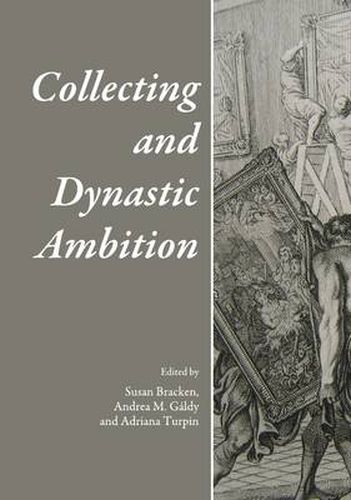Collecting and Dynastic Ambition

Collecting and Dynastic Ambition
Dynastic Ambition, the desire to advance one’s family fortune and reputation, is the reason for all kinds of sometimes bewildering behaviour and activities. Within the study of the history of collecting, many and various motives have been given that underlie the patronage and collecting of art, from personal to public, private to princely, self-interest to philanthropy. A growing interest in the commissioning, collecting and display of art in the early modern period has led to new discussions of the motivation of princes and rulers for the collecting and display of art. Recent historians of patronage have turned to economic motivations for patronage and the development of markets in art objects.Collecting, it can be argued, goes together with genealogy; the old ruling houses mostly owned rich collections of a wide range of possessions attesting to the age and power of their lineage. The individual saw himself as part of a succession and his patronage often emphasized these dynastic links. That collecting itself could involve dynastic considerations has been less commented upon than the particular concerns of the individual. However, collecting was regarded as a princely pastime and the volume of objects in one’s collection in conjunction with the value of the items and the age of the collection in general attested to the nobility of the owner’s family. Hence the scions of the ruling houses of Europe were keen to extend their family’s collections and willing to spend considerable amounts of money in order to do so.Many of these collectors amassed artworks of different kinds and provenance. Antiquities, contemporary paintings and sculpture, armour and weapons, plants, animals, and objects of virtue were gathered together and displayed in residences across Europe. If a piece was particularly old or came from an exotic part of the world, it immediately acquired additional political value as part of a court culture that was firmly based on etiquette, questions of precedence, and appropriate display of splendour and wealth. This volume, the first in a series of four, presents six articles that explore the role of collecting and collections of ruling families within a time frame that runs from the late Roman Republic to the eighteenth century and within a geographical area that encompasses not only the Italian peninsula but also the Electoral court of Saxony.
This item is not currently in-stock. It can be ordered online and is expected to ship in approx 4 weeks
Our stock data is updated periodically, and availability may change throughout the day for in-demand items. Please call the relevant shop for the most current stock information. Prices are subject to change without notice.
Sign in or become a Readings Member to add this title to a wishlist.


